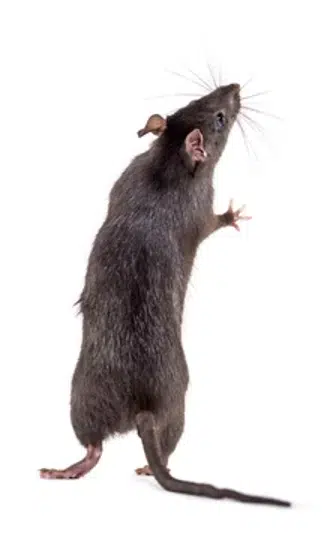
The black rat, also known as roof rat or ship rat is a common and unwelcome guest in Sri Lankan homes and businesses.

With over 50 years of trusted service, we bring expert pest management islandwide.
© All Copyright 2024 by Ceylon Pest Control | Developed By Ladder Global